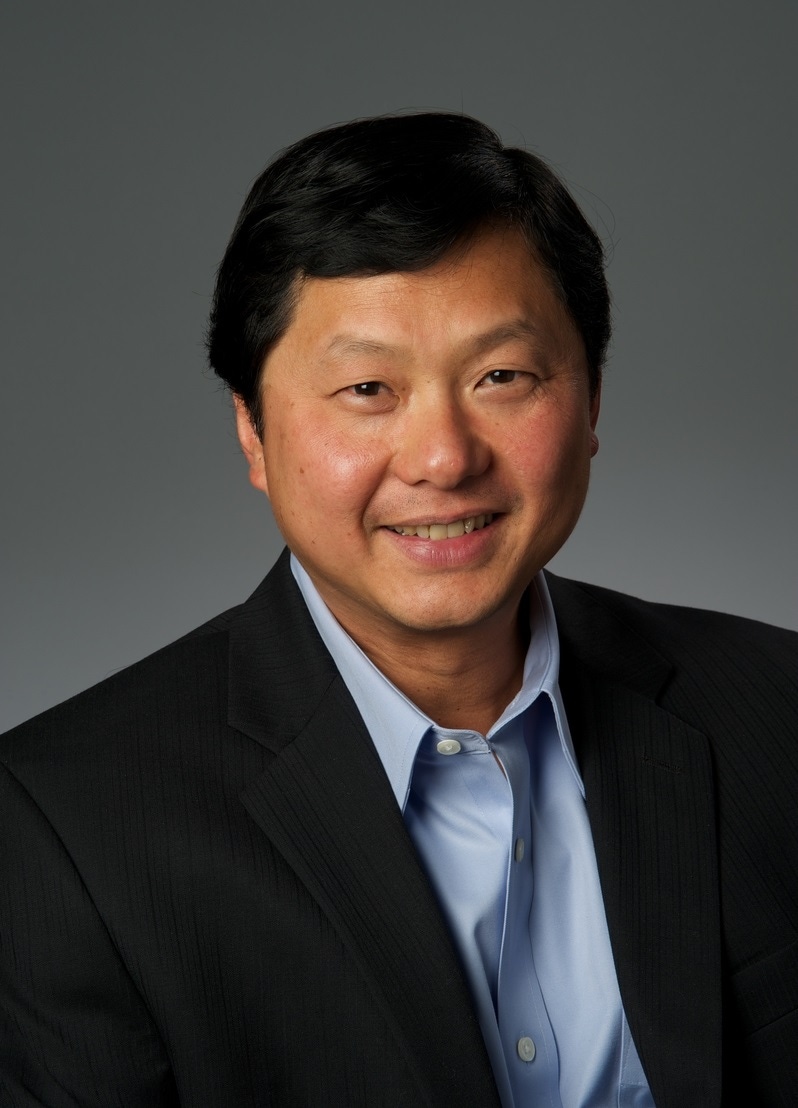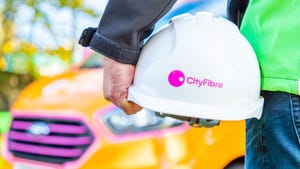Interview: SVP for technical architecture at Sprint: “We have the ability to build a bigger pipe than the competition because of our spectrum position”
Dr. John Saw, SVP for technical architectureat US operator Sprint is delivering a keynote address on “Analyzing the LTE Opportunity”, on Day One of the LTE North America conference, taking place on the 21st-22nd November 2013, in Dallas, Texas, USA.
November 12, 2013

Dr. John Saw, SVP for technical architectureat US operator Sprint is delivering a keynote address on “Analyzing the LTE Opportunity”, on Day One of the LTE North America conference, taking place on the 21st-22nd November 2013, in Dallas, Texas, USA. Ahead of the show he tells us more about how Sprint is differentiating itself from the competition and gives us the low down on its Spark brand.
It’s a crowded market out there. How is your network differentiated from the competition?
How we’re different is pretty simple. We have the ability to build a bigger pipe than the competition because of our spectrum position, especially in the top 100 markets. We have a lot of contiguous spectrum at 2.5GHz, and this allows for carrier aggregation to build the big pipes we need to ultimately offer better performance, faster speeds, and unlimited data. We actually want customers to use our LTE network because we will have the
capacity to support the demand for high speed data. Where it’s really coming together, and how we’re different, can be seen in Sprint Spark – an effort that we expect to bring together some of the most advanced technologies in wireless to deliver unprecedented speeds.

More...
Tell me more about Sprint’s ‘Spark’ brand.Sprint Spark is a unique combination of network technologies, multi-band spectrum and tri-band devices designed to bring customers super-high wireless speeds. Sprint Spark provides the capacity to greatly improve the performance of video and other bandwidth-intensive applications including new generations of online gaming, virtual reality and advanced cloud services.
The LTE North America conference is taking place on the 21st-22nd November 2013, in Dallas, Texas, USA. Click here NOW to download a brochure for the event.
Sprint Spark combines a number of advanced capabilities such as 1x, 2x and 3x carrier aggregation for speed, 8 transmitters 8 receiver radios (8T8R) for coverage, multi-antenna processing techniques like MIMO for capacity, and Time Division Duplex (TDD) formats for spectral efficiency, along with tri-band devices. These capabilities can offer peak speeds of 50-60 megabits per second and service is being rolled out initially in five cities: Los Angeles, Tampa, Miami, Chicago and New York. What’s even more exciting though is the potential for greater speeds. We recently demonstrated 1Gbps at our lab in Silicon Valley, and with our spectrum and technology assets we believe it is technically feasible to deliver more than 2Gbps per sector of over-the-air speed.
A key component of Sprint Spark is our radios. With Network Vision and our newly constructed cell sites we are now able to incrementally add 2.5GHz radios to our network. These are industry-leading, state-of-the-art radios where we’re able to use carrier aggregation to build some really fat pipes with bandwidths of 40MHz, 60MHz and even 80MHz and beyond. We’re planning to be the first carrier in the country to deploy radios with eight transmitters and eight receivers. This is two to four times more antennas per spectrum band than our competition. 8T8R would enable us to leverage multi-antenna signal processing capability to generate extremely high speeds using techniques like MIMO and beam forming. The multi-antenna approach also tends to greatly reduce interference and increase the fidelity of the signal to our customers.
With Sprint Spark we’re also utilizing both FDD-LTE and TDD-LTE in our network so that we’re able to combine our spectrum assets in different bands to build a high speed network that our customers can use even in high-traffic areas. At Sprint we typically use FDD spectrum to provide the baseline coverage for our customers. And we use TDD for capacity and for the higher speeds – this is our performance layer. So by combining both FDD and TDD we’re able to provide customers with a much better high speed data experience. No other carrier in the country, except Sprint, is currently able to leverage the flexibility of both TDD and FDD in its network design. Of course, we remain very interested in obtaining more low-band spectrum as we strive to assemble the spectrum mix necessary to bring our customers the high speed data service they want wherever they live, work and play.
What are the challenges of getting tri-band LTE devices that support your network frequencies at 800, 1900 and 2500MHz?
Our first tri-band smartphones from HTC, LG and Samsung will be available to customers in the coming weeks. The biggest challenge has been timing and momentum. We have been working with major device OEMs to add chip support for the 2.5GHz spectrum band. Some of the world’s largest carriers have been supporting the 2.5 band for quite some time, along with SoftBank and Sprint, and we’re pleased to see it now gain traction on the device side here in the US.
How important a date on the calendar is the LTE North America conference?
I always look forward to the Informa events – this is my second year keynoting LTE North America and it’s great to see the momentum continue to build.
Read more about:
DiscussionAbout the Author(s)
You May Also Like











_1.jpg?width=300&auto=webp&quality=80&disable=upscale)


.png?width=800&auto=webp&quality=80&disable=upscale)